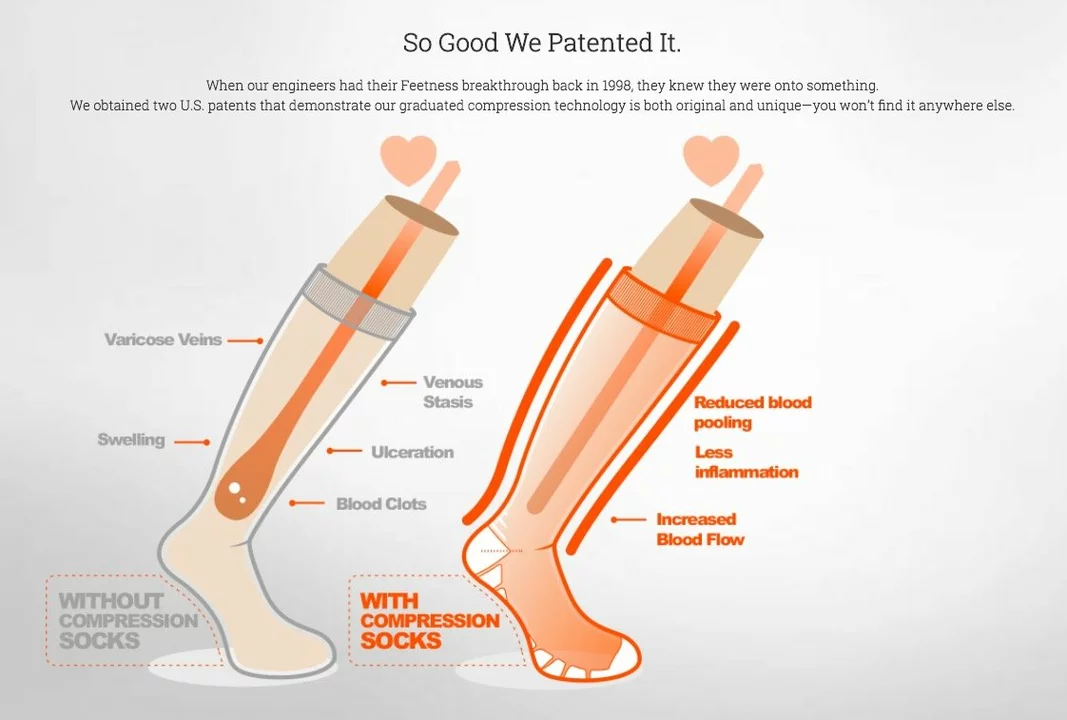Reduce Fluid Retention: Practical Tips You Can Use Today
If you’ve ever woken up with puffy ankles or a tight‑fitting shirt, you know how annoying fluid retention can be. The good news? A few everyday changes often make a big difference. Below are straightforward steps that help your body release excess water without drastic diets or risky pills.
Watch Your Salt and Hydration Balance
The easiest culprit is sodium. Processed foods, fast‑food meals, and even restaurant sauces can pack a salty punch that makes your kidneys hold onto water. Try swapping out salty snacks for fresh fruit, nuts without added salt, or homemade soups seasoned with herbs instead of table salt.
It sounds odd, but drinking more water actually helps flush sodium out. Aim for eight 8‑oz glasses a day, and keep a reusable bottle handy so you don’t forget. If plain water feels boring, add a slice of cucumber or a splash of lemon for flavor without extra salt.
Eat Foods That Act Like Natural Diuretics
Certain fruits and veggies have built‑in diuretic properties. Dandelion greens, asparagus, celery, and beetroot boost urine output, helping you shed excess fluid. Berries, especially strawberries and blueberries, are high in potassium, which balances sodium levels.
Incorporate these foods into meals: toss dandelion or spinach into a morning omelet, add sliced cucumber to your lunch salad, or sip a warm cup of asparagus tea in the evening.
Magnesium‑rich options such as pumpkin seeds, avocado, and dark chocolate (yes, in moderation) also support fluid balance. A daily handful of nuts or a few slices of avocado can keep your electrolytes on track.
Move Your Body and Use Gentle Compression
Even light activity encourages circulation and prevents fluids from pooling in the legs. A 20‑minute walk after dinner, ankle circles while watching TV, or simple calf raises while cooking all help.
If you sit for long periods at work, stand up every hour to stretch your legs. Compression socks are another low‑effort tool; they gently squeeze the lower limbs and promote venous return.
Check Hormones and Medications
Sometimes fluid retention isn’t just about diet. Hormonal shifts—like those during pregnancy, menopause, or with thyroid issues—can trigger swelling. Certain meds, such as some blood pressure drugs or NSAIDs like ibuprofen, may also cause water retention.
If you suspect a medication is the cause, talk to your doctor before stopping anything. They might adjust the dose or suggest an alternative that’s easier on fluid balance.
When to Seek Professional Help
Occasional puffiness is normal, but sudden, severe swelling—especially in the face, hands, or abdomen—could signal a heart, liver, or kidney problem. If you notice rapid weight gain of more than 5 lb in a few days, shortness of breath, or pain in your legs, get medical advice promptly.
A doctor can run simple blood tests and check for underlying conditions that need specific treatment beyond lifestyle tweaks.
In most cases, trimming salt, staying hydrated, loading up on diuretic foods, moving regularly, and watching meds will keep fluid retention at bay. Try one change at a time, notice how your body reacts, and you’ll soon feel lighter without extreme diets or risky supplements.

How to Reduce Fluid Retention Through Exercise
As a fitness enthusiast, I've noticed how exercise plays a crucial role in reducing fluid retention in our bodies. By engaging in regular physical activity, we can improve our circulation, allowing trapped fluids to move more freely. Cardiovascular exercises like swimming, walking, or cycling are especially helpful in combating water retention. Additionally, yoga and stretching exercises help release the tension in our muscles and reduce inflammation. Incorporating these exercises into our daily routine can lead to a noticeable reduction in fluid retention and a healthier lifestyle overall.
May 6 2023